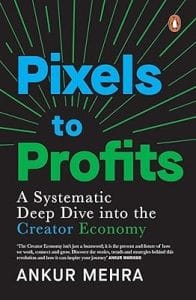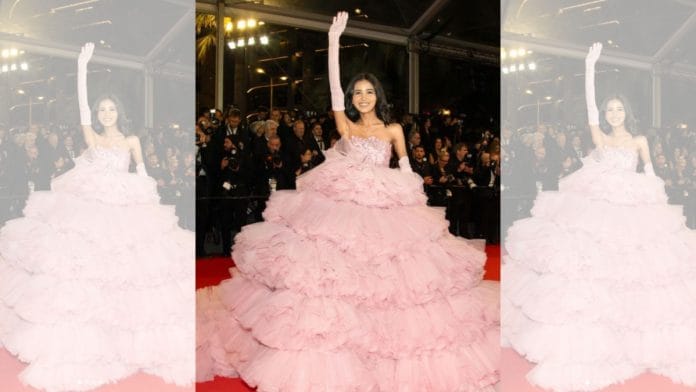There are countless things that change when your content goes viral—sometimes fun, sometimes fame, and often, money.
When we speak of virality, one of the classic examples is Nancy Tyagi. Daughter of a TV technician, Tyagi is now known for her DIY outfits, creating lookalike costumes of the top stars of the Indian movie fraternity and her famous walk at the 77th edition of Cannes Film Festival in France, in 2024.
Hailing from Baranwa, a small town in the state of Uttar Pradesh in India, Nancy Tyagi moved to New Delhi to prepare for civil service exams. However, fate had a different script when Covid struck. Locked up in her home, she started creating fashion content on Instagram.
Nancy started as a self-taught designer and began creating content featuring her DIY outfits. She did not get much engagement for a year. But in 2023, things changed when she created a series called ‘100 outfits from scratch for 100 days’.
What started as backlash eventually propelled Tyagi to fame. In 2024, she attended the Cannes Film Festival, where she walked the red carpet in her self-designed outfit. Using 1000 metres of fabric weighing twenty kilograms, the twenty-three-year-old girl wore her own outfit and gave interviews in her mother tongue, Hindi.
Her goal?
Nancy’s mother used to work in a coal factory and her only aim was to have her mother quit her hazardous job. Now, she aims to work as a fashion designer. Oh, by the way like most Indians, she also flew her ready-to-eat food from India, because, well, let’s say this is how most Indians are.
When someone like Nancy rises to fame purely through passion and hard work, without the backing of an influential godfather, it becomes a fairy tale for everyone. Stories like these give wings to thousands of other aspiring girls.
Also read: Toyota workers are empowered to be hands-on problem solvers. It comes from management’s trust
The Formula for Going Viral
We all know why we are here. You are spending your valuable time on this book because you are here to understand the ‘how’ of everything we spoke about, including virality.
Malcolm Gladwell, who is a multiple time New York Times bestselling author, says, ‘There is a simple way to package information that, under the right circumstances, can make it irresistible. All you have to do is find it.’
It leads to a common question: What is that formula?
I believe the formula is all that we will be discussing in great detail throughout this book:
Consistency. Focusing on a niche audience. Writing content from the point of view of the 3Rs (Relatability, Relevancy, Recency: more on this in chapter 2), and to think of another quote from Adam Braun, founder of Pencils of Promise:
To create one contagious movement, you often have to create many small movements first.
Because, let’s be objective.
You go to a creator’s profile via their viral content, but when you arrive on their profile, you realize—they were just following a viral trend; the original content that they create is nothing related to what you want to consume.
So, you may not end up following them.
Thus, virality is just a product of staying true to the process and reaping some more benefits than usual when virality is finally achieved.
Don’t take my word for it—take it from Simon Sinek, who says, ‘The best virality comes from inspiring others, not from chasing numbers.’
Marketing guru Seth Godin adds, ‘Virality isn’t about getting the most people to see something; it’s about getting the right people to share it.’
So, my friend, if you are creating content for the right audience, virality isn’t a probability; it is going to be a possibility. And I do not know of any creator who has been consistently creating content keeping their audience in mind, who hasn’t gone viral at least multiple times in their journey.
The question is not ‘if’. The question is ‘when’. The answer is the process. The answer lies in the right science, not in pure dependence on luck.
 This excerpt from Ankur Mehra’s ‘Pixels to Profits: A Systematic Deep Dive into the Creator Economy’ has been published with permission from Penguin Random House.
This excerpt from Ankur Mehra’s ‘Pixels to Profits: A Systematic Deep Dive into the Creator Economy’ has been published with permission from Penguin Random House.







Of course it’s not about luck. It’s about your “chapri” quotient.
The higher your “chapri” quotient, the higher the possibility of going viral.
It’s really simple actually.